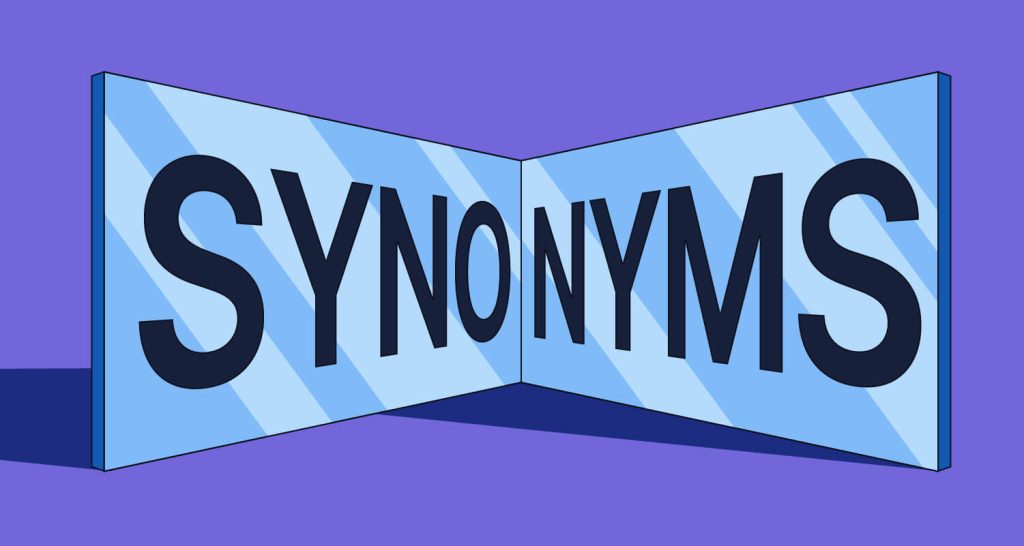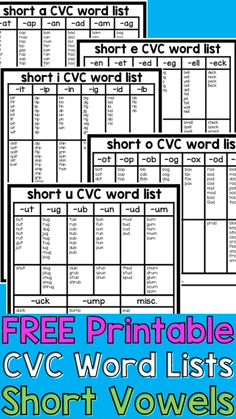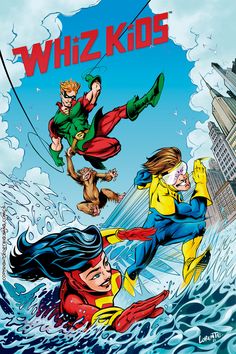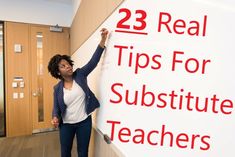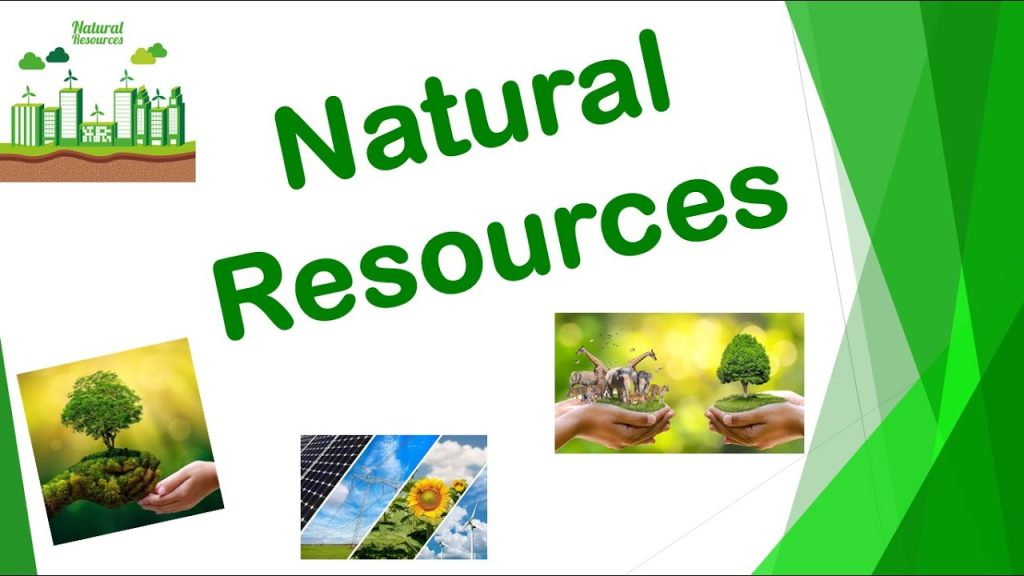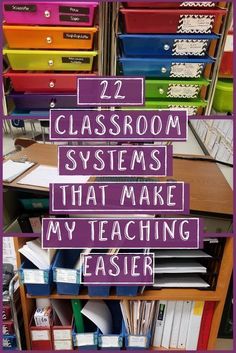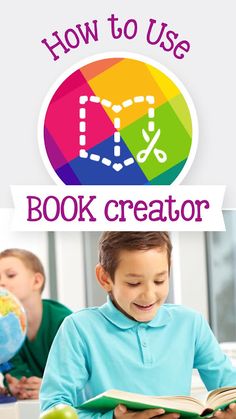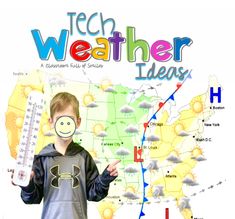Synonyms are the essence of language sophistication and depth. It’s essential to cultivate a rich vocabulary in students so they can express themselves accurately and with variety. That’s where synonyms teaching resources come in—a gold mine for educators who aim to expand their students’ lexical repertoire.
A comprehensive synonyms teaching resource should encompass a variety of tools, from traditional worksheets and flashcards to interactive games and online platforms. These resources help students understand that there are myriad ways to say something with slight nuances for each word. For example, a simple worksheet could list words like ‘happy’ alongside ‘content’, ‘joyful’, ‘elated’, and ‘pleased’. In making these connections, students learn that while these words share similar meanings, the context can dictate the best choice.
Leveraging multimedia resources can also be highly effective, given the digital nature of today’s learning environments. Platforms like Quizlet offer synonym flashcards that teachers can customize according to their lesson plans. Moreover, online games or apps enhance engagement by bringing fun into vocabulary building. Games such as ‘Word Bingo’ or ‘Synonym Match’ transform learning into an interactive experience, making the retention of new words more likely.
The key is differentiation—providing various levels of difficulty to cater to individual student needs. Advanced learners might work on finding synonyms for more complex words or phrases, whereas beginners focus on basic vocabulary expansion.
Finally, incorporating cross-curriculum methods aids in reinforcing synonym knowledge by contextualizing it within other subjects such as science or history. This approach not only solidifies understanding but also shows students the practical application of synonyms in different discourse communities.
To summarize, high-quality synonyms teaching resources should be diverse, interactive, and level-appropriate. With a thorough set of tools, educators will be equipped to foster enthusiastic learners who can communicate with precision and flair.
